Physical Address
304 North Cardinal St.
Dorchester Center, MA 02124


We’re passionate about music and our recommendations are genuine. If you buy through links on our site, we may earn a small affiliate commission at no extra cost to you.
When it comes to recording high-quality audio, you might be looking for a microphone that will give you the best bang for your buck.
There are so many different microphones on the market today, and finding one that is both affordable and good quality can be challenging. That’s why we decided to compare two of Rode’s most popular microphones from the Videomic line – VideoMicro vs VideoMic Go.
The comparison will help you make the right choice between these two models so that you can buy the best video microphone that fits your needs.
The Rode VideoMicro’s body is made from aluminum, giving it a high level of RF rejection. In addition, it has an anti-glare black coating finish and provides good isolation against Electro-Magnetic Interference (EMI).
The VideoMicro comes with a Rycote Lyre shock mount. It is durable and more effective at minimizing unwanted vibrations than traditional elastic suspensions. In addition, the hard-wearing thermoplastic will never sag or snap due to its durability to maintain effectiveness throughout your shoot.
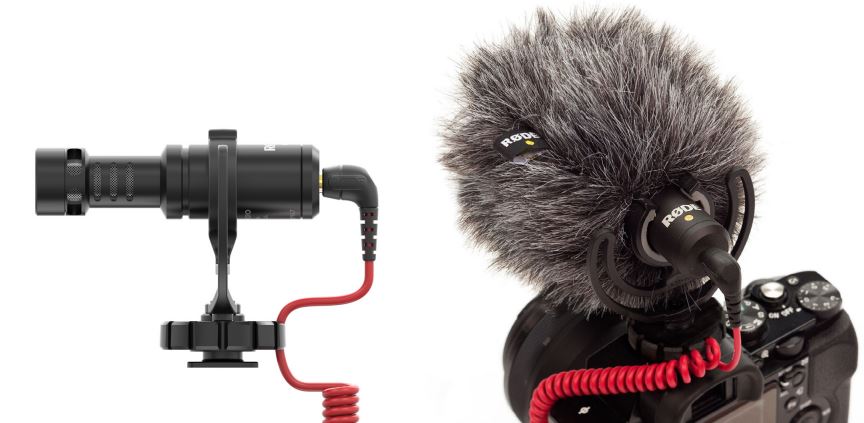

On the other hand, the VideoMic Go is made from a reinforced ABS construction. The integrated Rycote® Lyre® shock mount isolates your microphone from bumps and vibrations that could otherwise interfere with sound quality. In addition, this hard-wearing thermoplastic construction provides superior acoustic suspension, which provides good protection against wearing out or sagging.
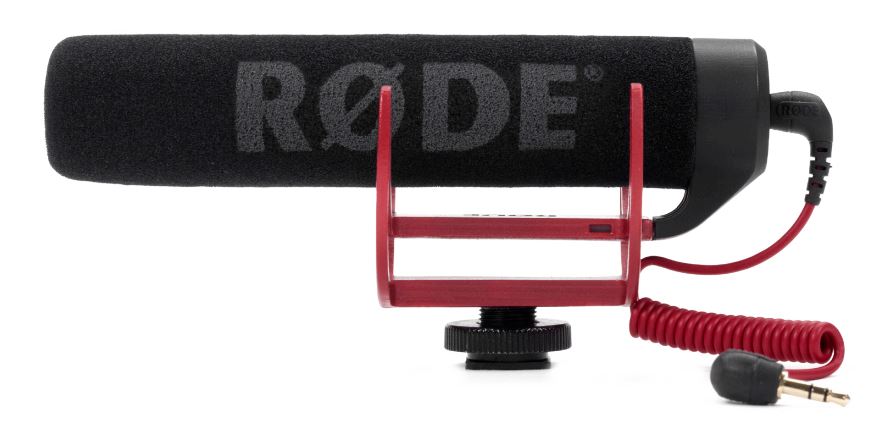

The Rode VideoMicro is a lightweight, compact microphone that won’t get in your way. It’s only 21mm wide and 80mm long, so it can easily sit on top of any camera without looking too big or bulky while still giving you clear vocals for recording videos from all angles. The best part – it only weighs 42 grams.
The VideoMic Go is bigger and heavier than the VideoMicro. It measures 79mm tall, 73mm wide, 167mm long. It has an integrated cold-shoe mount that’s good for a camera or mic if you want to go smartphone crazy with this device. The weight comes in at about 73 grams but still leaves room as far as portability goes.
The frequency response of the Rode VideoMicro goes from 100 Hz to 20 kHz. It has a good range and better sensitivity, making it more effective at capturing clearer audio details than other mics with less reach for treble frequencies or lower responsiveness in general sound levels.


On the other hand, the Rode VideoMic Go frequency response ranges from 100 Hz to 16 kHz. The upper range is lower than that of the VideoMicro, but it pretty much serves the purpose.
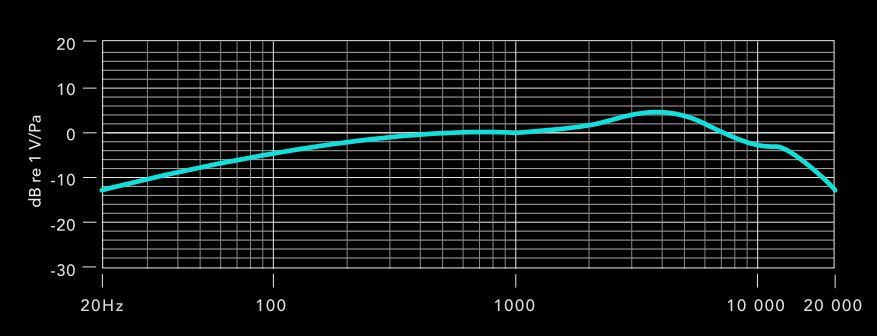

The Rode VideoMicro has a Cardioid or unidirectional polar pattern. This means it can only catch the audio from one direction and reduces noise from all other directions by capturing your voice clearly with no interference whatsoever.


On the other hand, The Rode VideoMic Go has a Supercardioid polar pattern. The Supercardioid mics are more focused than normal cardioid mics. As a result, they only pick up what is in front and reject sounds from behind them. This makes the VideoMic GO an excellent choice if you’re trying to record an interview with several people on camera at once because it will reduce the amount of time spent editing out ambient noises.
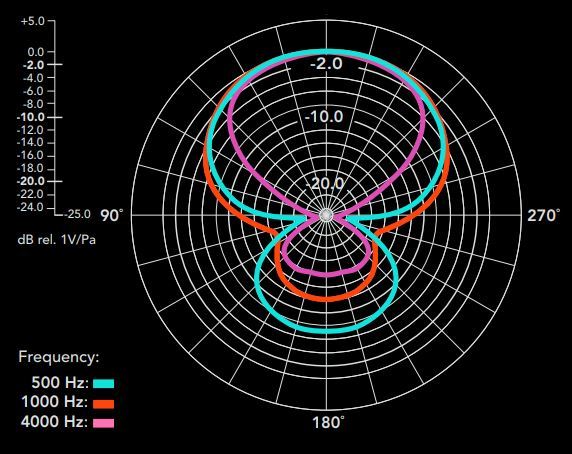

The Rode VideoMicro has an excellent sensitivity of -33 dB. It is what makes the mic worth mentioning. At -33dB, this mic can be classified into some of the most active microphones on offer today with its ability to capture sounds no matter how low or quiet you speak.
The Rode VideoMicro offers a sensitivity rating of -35 dB. This is slightly lower than its sibling, but the difference is no deal-breaker.
A high-sensitivity microphone will pick up more of the signal than a low-sensitivity one. This means that with a high-sensitivity mic, your recordings will sound better and louder.
The VideoMicro has amazing maximum SPL handling and lower self-noise levels. It can withstand sounds up to 140 dB, which is impressive for such a compact mic! Moreover, it has only 20 dBA of self-noise, making your recording easier as there’s less interference from other noises like wind or traffic to get good clarity with ease.
The Rode Videomic Go has a maximum SPL handling of 120 dB, lower than the VideoMicro. Moreover, its self-noise level is 34 dBA which negatively impacts the sound clarity. You may use a denoiser to overcome this problem, but again, this is a hassle not to be accepted gladly.
Both VideoMicro and VideoMic GO are user-friendly – you can plug them in, set up, and forget. They do not require a battery. In addition, these mics don’t have any control either. So, there are no worries about running out of juice or having dead batteries when recording audio for your project.
The Rode VideoMicro costs around $60, while the VideoMic Go costs around $100. However, although the VideoMicro is cheaper than the VideoMic Go, it still provides some better benefits than the VideoMic Go.


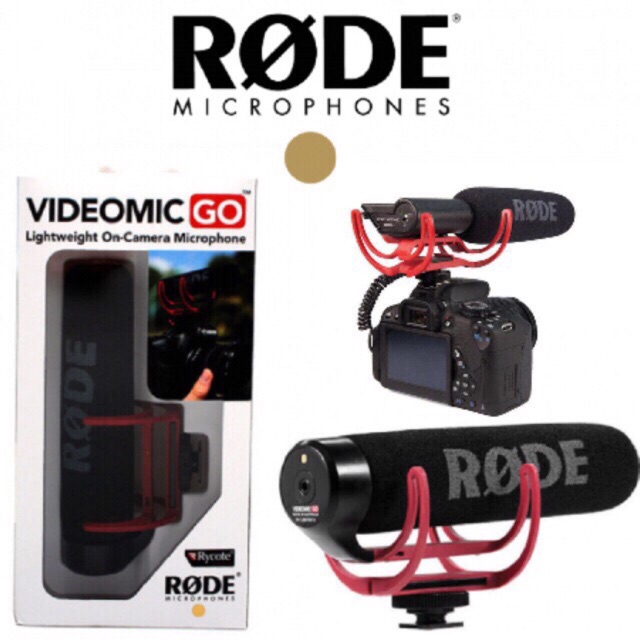

| Rode VideoMicro | VideoMic Go | |
| Type | Condenser Shotgun | Condenser Shotgun |
| Polar Pattern | Cardioid | Supercardioid |
| Form Factor | Stand/Boom Mount | Stand/Boom Mount |
| Operating Principle | Pressure Gradient | Line Gradient |
| Frequency Range | 100 Hz to 20 kHz | 100 Hz to 16 kHz |
| Maximum SPL | 140 dB SPL | 120 dB SPL |
| Sensitivity | -33 dBV/Pa at 1 kHz | -35 dBV/Pa at 1 kHz |
| Equivalent Noise Level | 20 dB | 34 dB |
| Dimensions (L x W x H) | 21mm x 21mm x 80mm | 79mm x 73mm x 167mm |
| Weight | 42 gm | 73 gm |
| Material | Metal | ABS |
| Output Connectors | 3.5 mm TRS | 3.5 mm TRS |
| Price | Check here | Check here |


Rode VideoMicro is the better choice than VideoMic Go. It is more portable and cost efficient. On top of that, it has a wider frequency response range with lower noise and can handle loud voices very well.